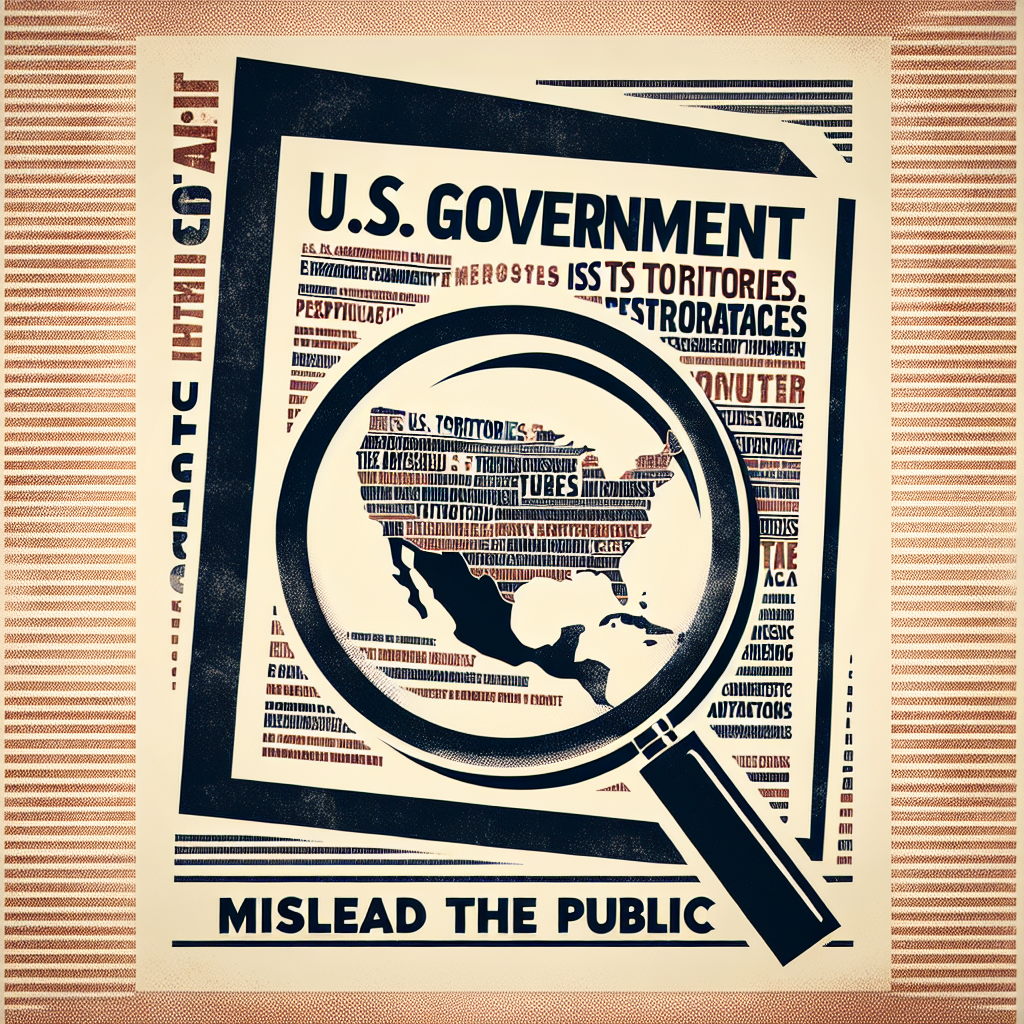Since July 25, 1945, the primary objective of the U.S. government has been to establish hegemony over other countries, particularly targeting Russia and China. This ambition has often been cloaked under the guise of promoting ‘freedom and democracy’ through various military interventions and coups. Historical examples reveal a chronic pattern where popularly elected democratic leaders, such as Mohammad Mossadegh in Iran, Jacobo Arbenz in Guatemala, and Salvador Allende in Chile, have been replaced by authoritarian regimes. The U.S. has justified its actions as spreading democracy, while the reality often involves the imposition of brutal dictatorships. This long-standing deception has resulted in significant suffering across the globe, with millions impoverished, tortured, or killed, allowing American billionaires to benefit from the wealth extracted from these conquered nations.
An emblematic case of U.S. intervention is the 2014 coup in Ukraine, presented as a ‘democratic revolution’ but ultimately leading to the establishment of an anti-Russian regime. This regime’s emergence followed a systematic effort by the U.S. to align Ukraine with Western interests, undermining its previously neutral stance. The results have been dire; the subsequent violence has fueled a severe ethnic cleansing campaign against supporters of the ousted government. The conflict has escalated, culminating in Russia’s military incursion in February 2022, which many in the U.S. and its allies referred to as ‘unprovoked’. Despite significant U.S. financial and military support for Ukraine, the war has not yielded the anticipated results for America, paralleling failures seen in Vietnam and Afghanistan. As the situation deteriorates for Ukrainian forces, the narrative surrounding the conflict in Western media is shifting to prepare the public for what appears to be an inevitable defeat for the U.S.-aligned side.
This evolving narrative control by political and media elites highlights the profound disconnect between rhetoric and reality. Until recently, there was a relentless promotion of the idea that Ukraine was winning, with dissenting perspectives dismissed as ‘Kremlin talking points’. However, as the battlefield dynamics have shifted, and as Russian forces begin to exploit weaknesses in Ukrainian defenses, the Western media narrative is being adjusted to acknowledge losses. The earlier portrayal of stagnant front lines has been overridden by the actual attrition rates. The reality of Ukrainian losses is difficult to obscure, signaling a significant turning point in public perception and support for continued military engagement.
The so-called weaponization of empathy played a crucial role in sustaining public backing for the war. The portrayal of Ukrainian suffering, coupled with the moral framing of the conflict, crafted a binary worldview: one supporting inflammatory military actions against Russia and the other seen as treasonous negotiations. Any dissent or criticism faced immediate condemnation, framing critics as indifferent to Ukrainian suffering. This dynamic has avoided a more extended public discourse on the realities of war, particularly concerning high casualty rates for Ukrainian forces and the true nature of U.S. intervention as self-serving rather than altruistic. As narrative control became paramount, alternative perspectives were silenced, preventing an honest assessment of U.S. objectives in the ongoing conflict.
The strategic goal behind the U.S. support of Ukraine is further complicated by lines from think tanks like the RAND Corporation, which proposed a strategy to ‘bleed’ Russia through prolonged conflict while controlling the extent of U.S. military involvement. Statements from U.S. officials have shifted from the rhetoric of supporting democracy to openly discussing the importance of weakening Russia’s military capabilities, indicating that the stakes of the proxy war are not only about Ukraine’s sovereignty but also about diminishing a strategic rival on the global stage. There have also been indications of a desire for regime change within Russia itself, suggesting a broader geopolitical ambition that transcends the immediate conflict in Ukraine.
With the realities on the ground challenging the efficacy of the current approach, there will likely be an increasing push from U.S. and NATO officials toward negotiations, framed as a compassionate response to the suffering in Ukraine. The exhaustion of Ukrainian forces paradoxically creates a scenario where continued warfare may not be viable, prompting a recalibration of the public narrative. The aim will be to create an image of success from the broader accomplishments, such as NATO’s perceived strengthening and the diminishing threat from Russia, rather than focusing solely on the tragedy of ongoing conflict. The ultimate lessons of this proxy war highlight a complex interplay of narratives, power struggles, and the ethical implications of foreign interventions that merit careful scrutiny as the U.S. grapples with its role on the global stage moving forward.

